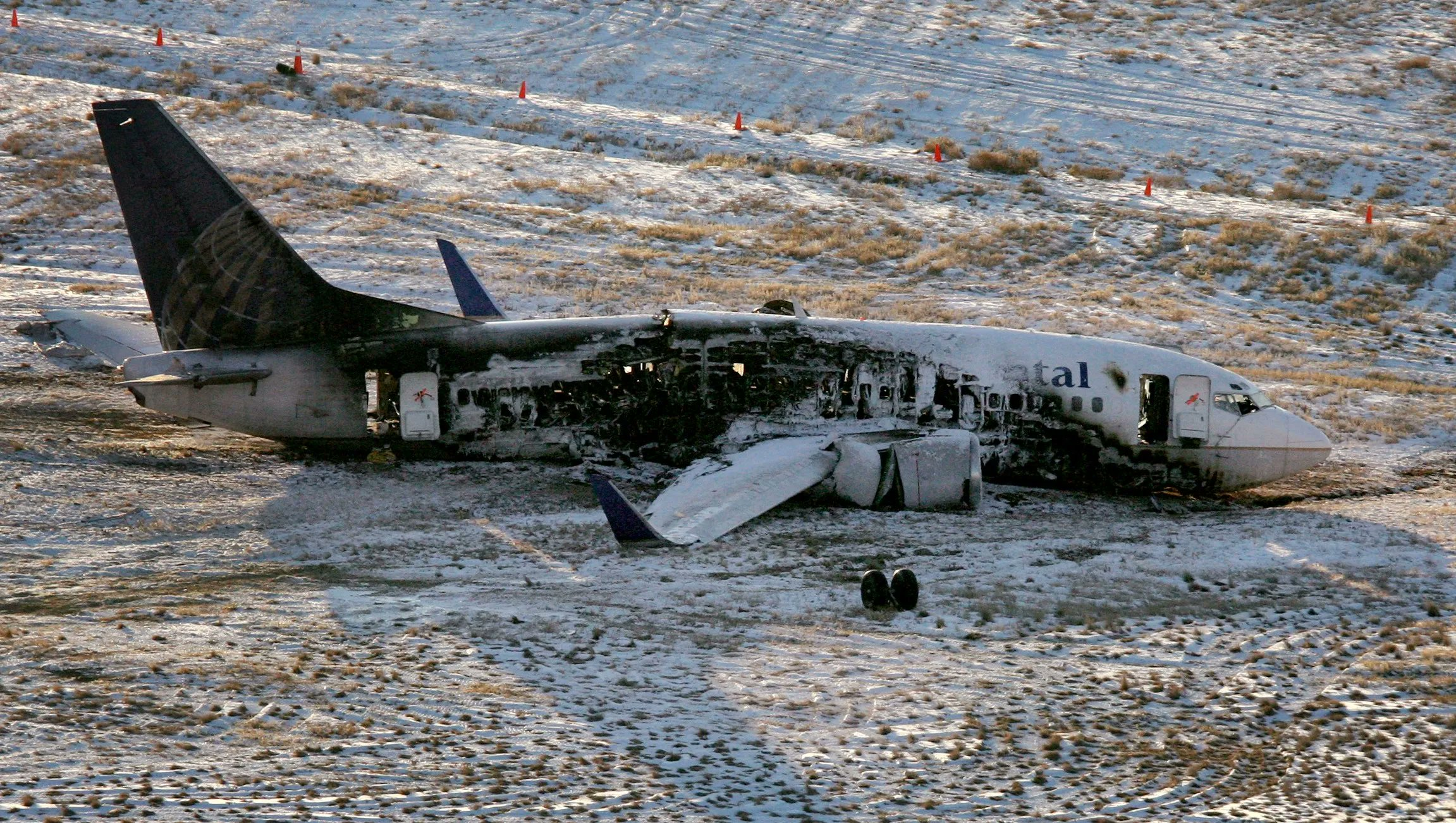On the evening of 20th December 2008, a Continental Airlines Boeing 737 veered off the runway forty-one seconds after starting the takeoff roll before hitting an embankment and bursting into flames, all passengers survived.
Flight Details
On the 20th of December 2008, a Continental Airlines Boeing 737-500 with registration N18611 was scheduled to operate flight 1404 from Denver to Houston. However, while it was accelerating to takeoff from Denver’s runway 34R, it veered left off the runway about 2,600 feet from the approach end, skidded across the taxiway WC and crashed in a deep ravine. The aircraft was still moving at a speed of about 90 knots when electrical power was lost.
Flight 1404 was under the command of 50-year-old Captain David Butler. He had about 13,100 hours in his logbook, including about 6,300 hours in the Boeing 737. Captain Butler was accompanied by his 34-year-old first officer, Chad Levang who had about 8,000 flight hours including about 1,500 hours on type.
At the time of the accident, the visual meteorological conditions at Denver International prevailed, with strong and gusty winds out of the west. The flight was being operated under an instrument flight rules flight plan. As ice and snow were visible on the ramp, the captain decided to activate the engine and wing anti-ice systems while pushing back. However, the captain decided to de-select the anti-ice systems after the runway appeared to be clear of snow and ice before starting the takeoff roll.
Before clearing the aircraft for takeoff, the tower controller informed the pilots that the wind is from 270° at 27 knots. However, the pilots were surprised with the controller’s wind report as it was higher than the wind reported in the ATIS. Regardless, as the wind was still within Continental’s crosswind guidelines of 33 knots, the captain started the takeoff roll and as the aircraft started to accelerate for takeoff, it suddenly yawed to the left as if it was hit by a massive gust of wind. The captain tried to keep the aircraft aligned with the runway centerline by using a full right rudder, but the aircraft continued to yaw 30 to 45 degrees to the left before veering off the runway. The aircraft eventually came to rest in a field between runways 34R and 34L.
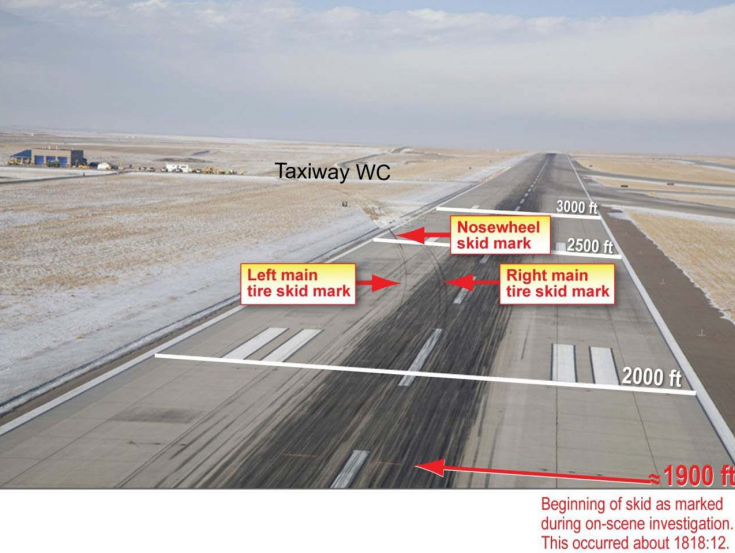
As the aircraft veered off the runway, the captain tried to deploy the thrust reversers. However, due to the uneven surface, he failed to do so and the aircraft hit a steep ridge, sending it airborne for a while before plunging back into the ground. On plunging, the right engine caught fire and the fire spread to the fuselage.
Stopping several hundred yards off the runway, firefighters arrived at the scene immediately, as the aircraft came to rest near one of the airport’s four firehouses. When the firefighters arrived on the scene, most of the right side of the aircraft was on fire, while passengers were evacuating from the left side of the aircraft, being assisted by flight attendants. Within 90 seconds, all 110 passengers and five crew members evacuated the aircraft, despite a fire that made right side exits unusable, melted overhead bins and caused windows to melt and pop.
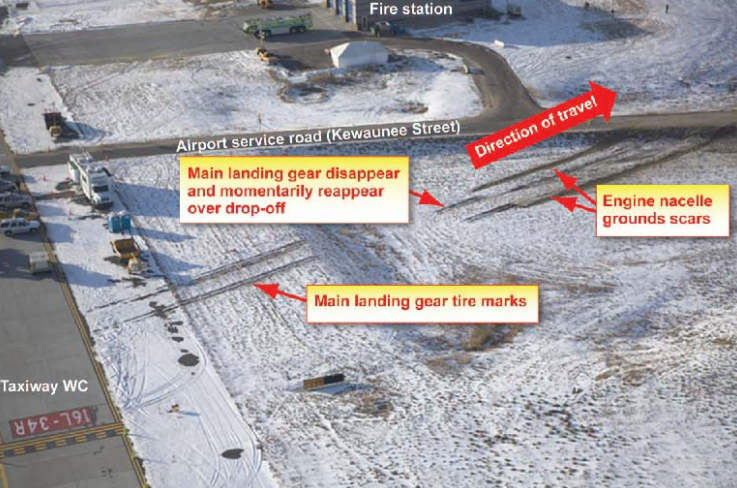
Injuries and Aircraft Damage
During the incident, the captain and five of the passengers were seriously injured; the first officer, two cabin crew members, and 38 passengers received minor injuries whereas one of the cabin crew members and 67 passengers (3 of whom were lap-held children) left the scene uninjured.
Furthermore, the aircraft was substantially damaged. The fuselage was resting on the ground and was broken into two (forward and aft) sections as seen in the footage. The right side of the fuselage sustained substantial fire damage, the most extensive of which occurred in the centre section near the wing and engine area. Some of the portions of the fuselage in this area were significantly damaged by the fire or missing completely. The post crash fire was mostly located on the right side of the aircraft.
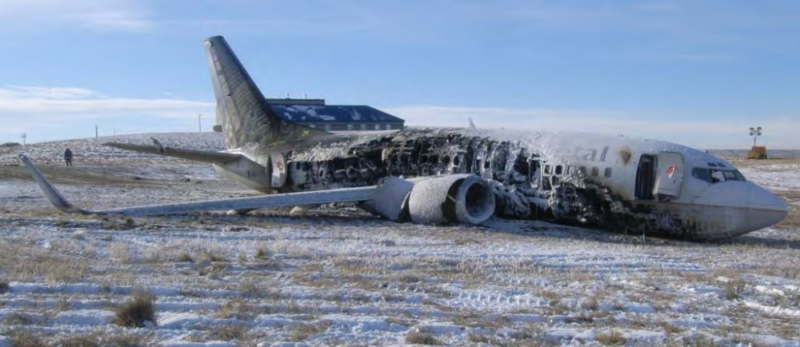
A post accident investigation found that both of the main landing gear assemblies had separated from the airframe. Moreover, the nose landing gear was found folded aft and impacted into the lower fuselage. Despite sustaining significant damage, both wings were largely intact and remained attached to the airframe. The left engine had separated from the left wing.
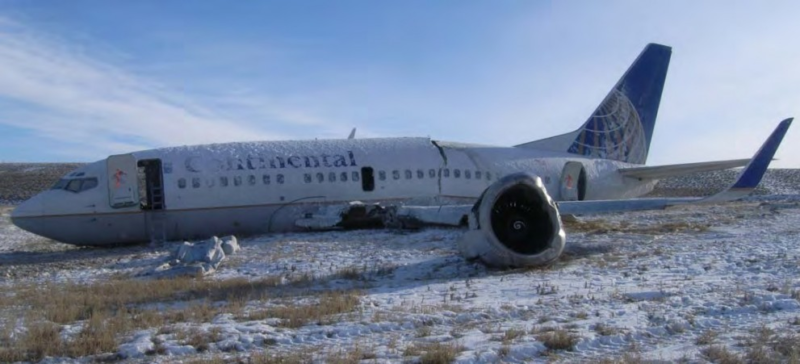
NTSB Investigation and Findings
Following the incident, the National Transportation Safety Board (NTSB) along with other associated parties launched a thorough investigation into the occurrence, including the on-site investigation at Denver International Airport.
A thorough investigation of the meteorological conditions at the time of the incident revealed that mountain wave conditions were present at that time, which resulted in strong westerly winds and very localized, intermittent wind gusts as high as 45 knots that crossed the aircraft’s path during the takeoff ground roll.
Distance travelled by Flight 1404
1,900 feet down the runway: Main landing gear started to show rubber on the runway
2,000 feet down the runway: Nose gear started to show rubber on the runway
2,650 feet down the runway: The plane departed off the runway
2,000 feet: Distance travelled from when the aircraft left the runway to its stopping point
The NTSB officials stated that the probable cause of this accident was the captain’s cessation of right rudder input, which was needed to keep the aircraft aligned to the runway centreline, about 4 seconds before the excursion when the aircraft encountered a strong and gusty crosswind.
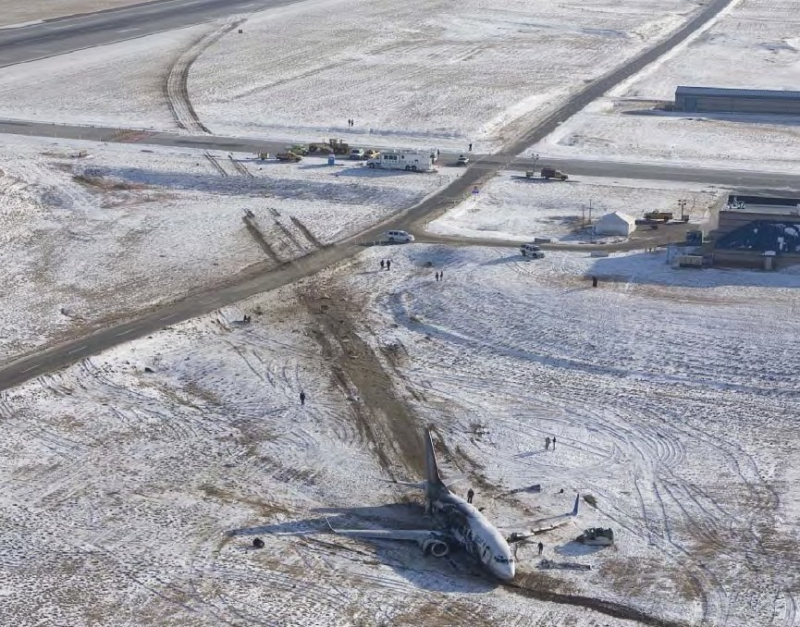
The captain’s action was pointed as a cause for the delayed rejected takeoff. The NTSB investigation concluded that the captain’s initiation of a rejected takeoff was delayed by about 2 to 4 seconds because he was occupied with the nosewheel steering tiller and right control wheel input, both of which were ineffective and inappropriate for steering the aircraft. The report further clarified that the landing gear did not cause any problems.
Contributing to the accident were the following factors:
- An ATC system that did not require or facilitate the dissemination of key, available wind information to the air traffic controllers and pilots.
- Inadequate crosswind training in the airline industry due to deficient simulator wind gust modelling.
In response to the NTSB report, the Federal Aviation Administration (FAA) asked the airline industry to adjust the crosswind training protocols for pilots. Furthermore, the FAA required ATCs to provide multiple sources of wind information, rather than averages, to pilots.
Aftermath
Despite the lack of widespread recognition, the three flight attendants (Al Felipe, Pamela Howard and Regina Ressler) have been honoured regularly by other flight attendants and by their unions. On the 10th anniversary of flight 1404, the Association of Flight Attendants (AFA) remembered the heroics of the trio.
“Al, Pam, and Regina represented the best of what flight attendants do as aviation’s first responders.”
AFA President Sara Nelson.
“In flight, everything can change in an instant, and flight attendants have to be ready for that. These flight attendants reacted within seconds. At one point, one of them was holding the door frame up as it was melting, in order to get the last passengers off the plane. Afterward, their keys burned up and they couldn’t go home. But their story is still virtually untold,” Nelson said.
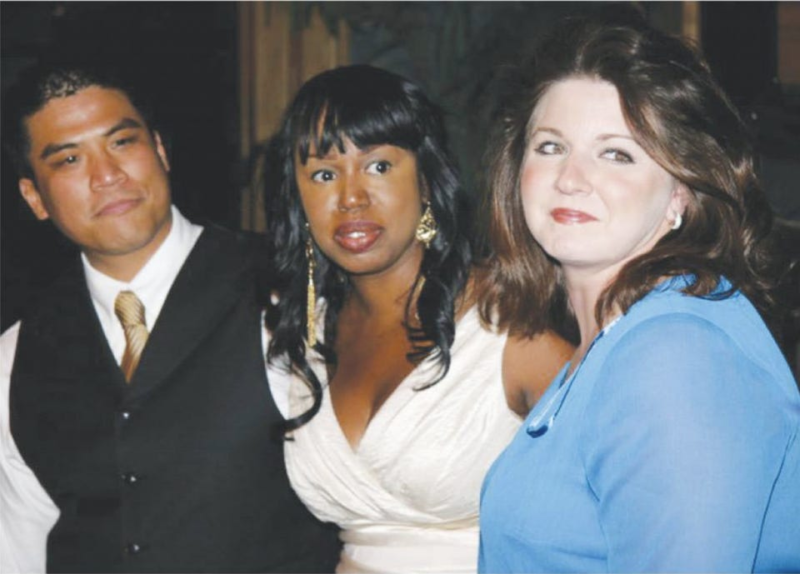
“We have been recognizing them every year, and ten years is a milestone. Look at how safe aviation has been – Al, Pam and Regina are part of that safety record in a heroic way. In this accident, which was just before the holidays, people could have very easily lost their lives.”
Alongside the three flight attendants, the off-duty pilot, Richard Lowe, was also praised for his actions as he made several trips in and out of the wreckage to ensure everyone was safely out of the aircraft. Lowe was later awarded the Airman’s Medal for his actions.
This incident is noted as the most serious incident in Denver International Airport’s history.
Sources: NTSB, Forbes, Air Crash Investigation (Feature Image)


